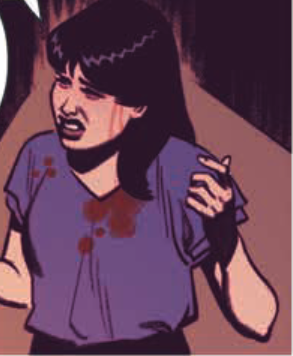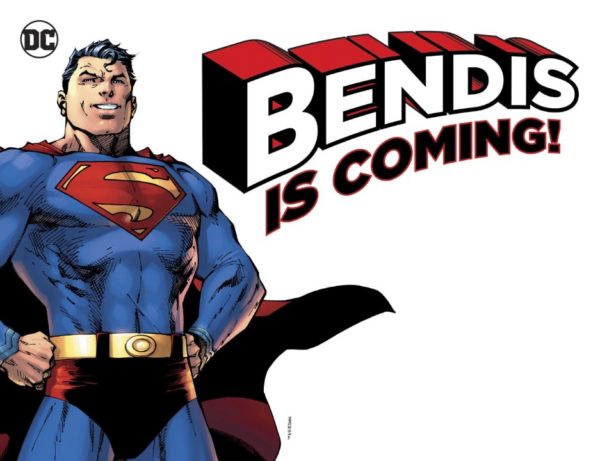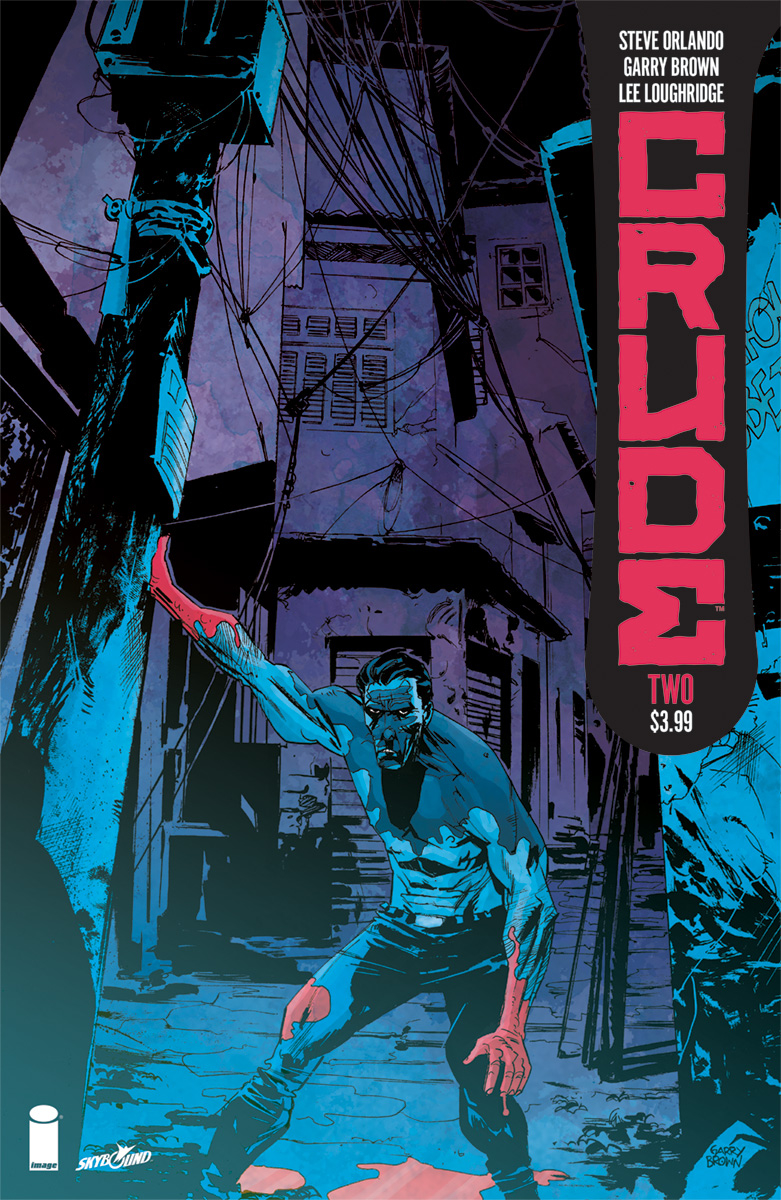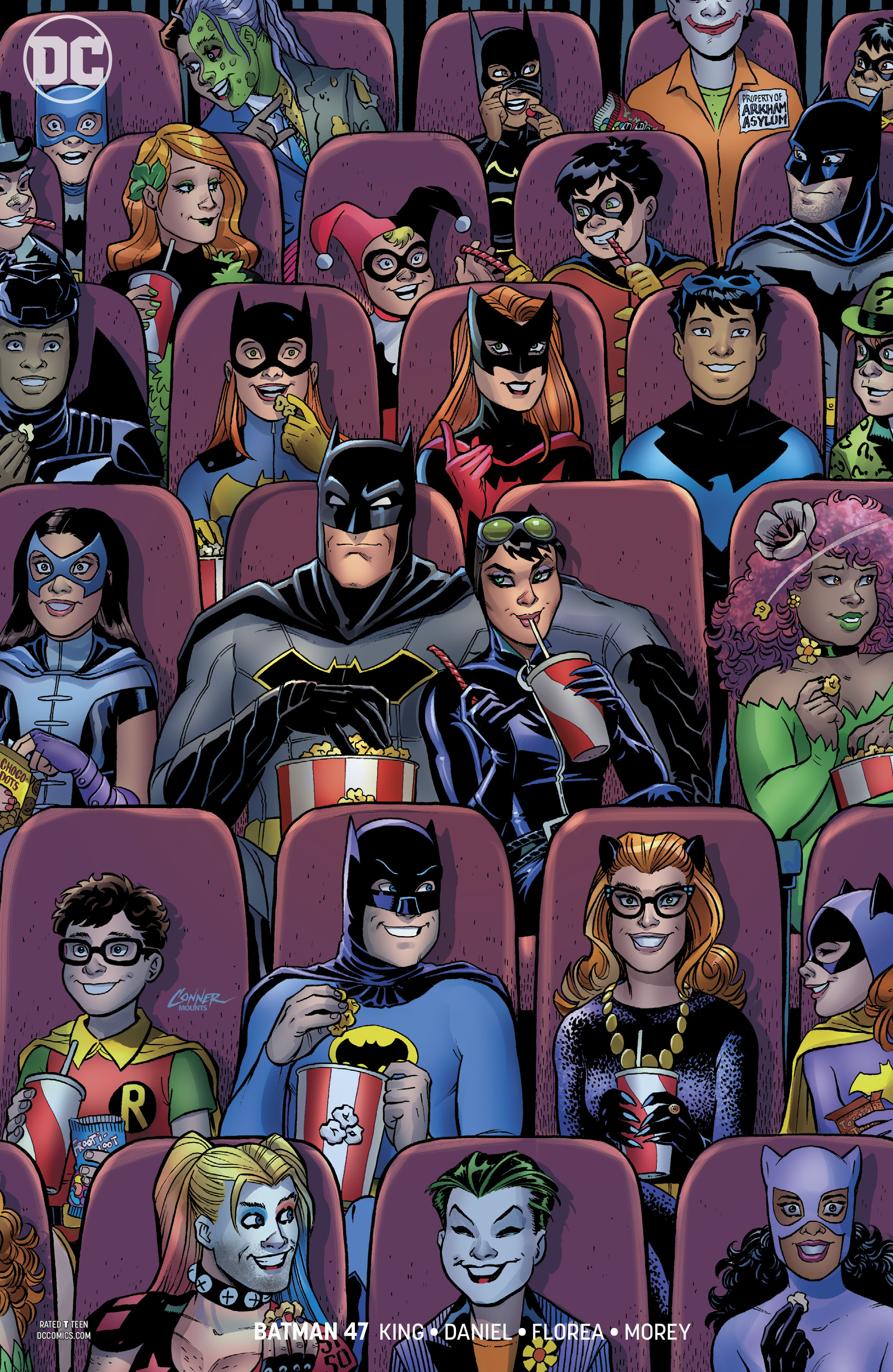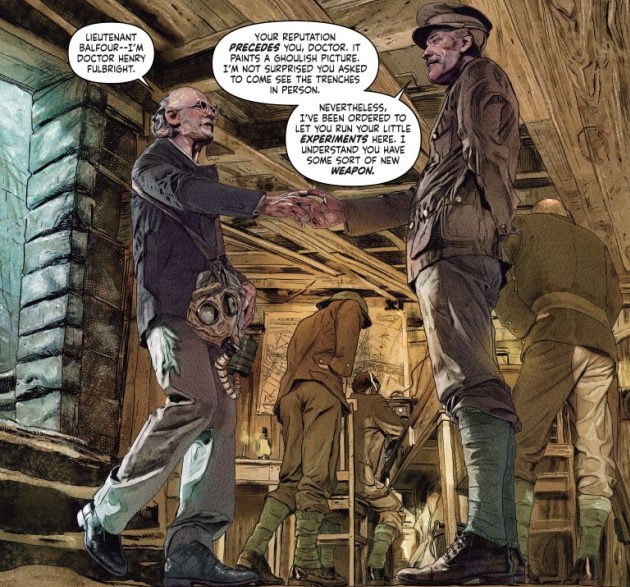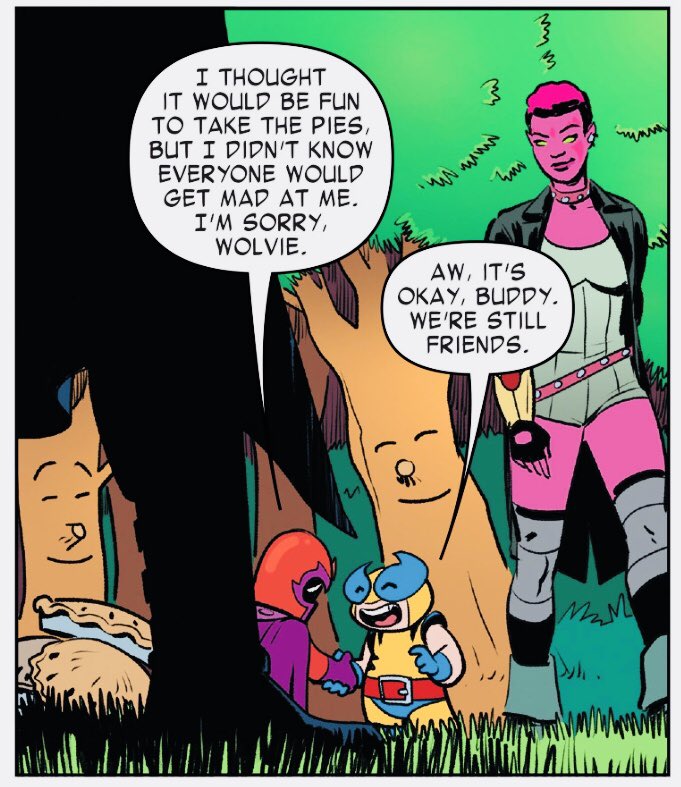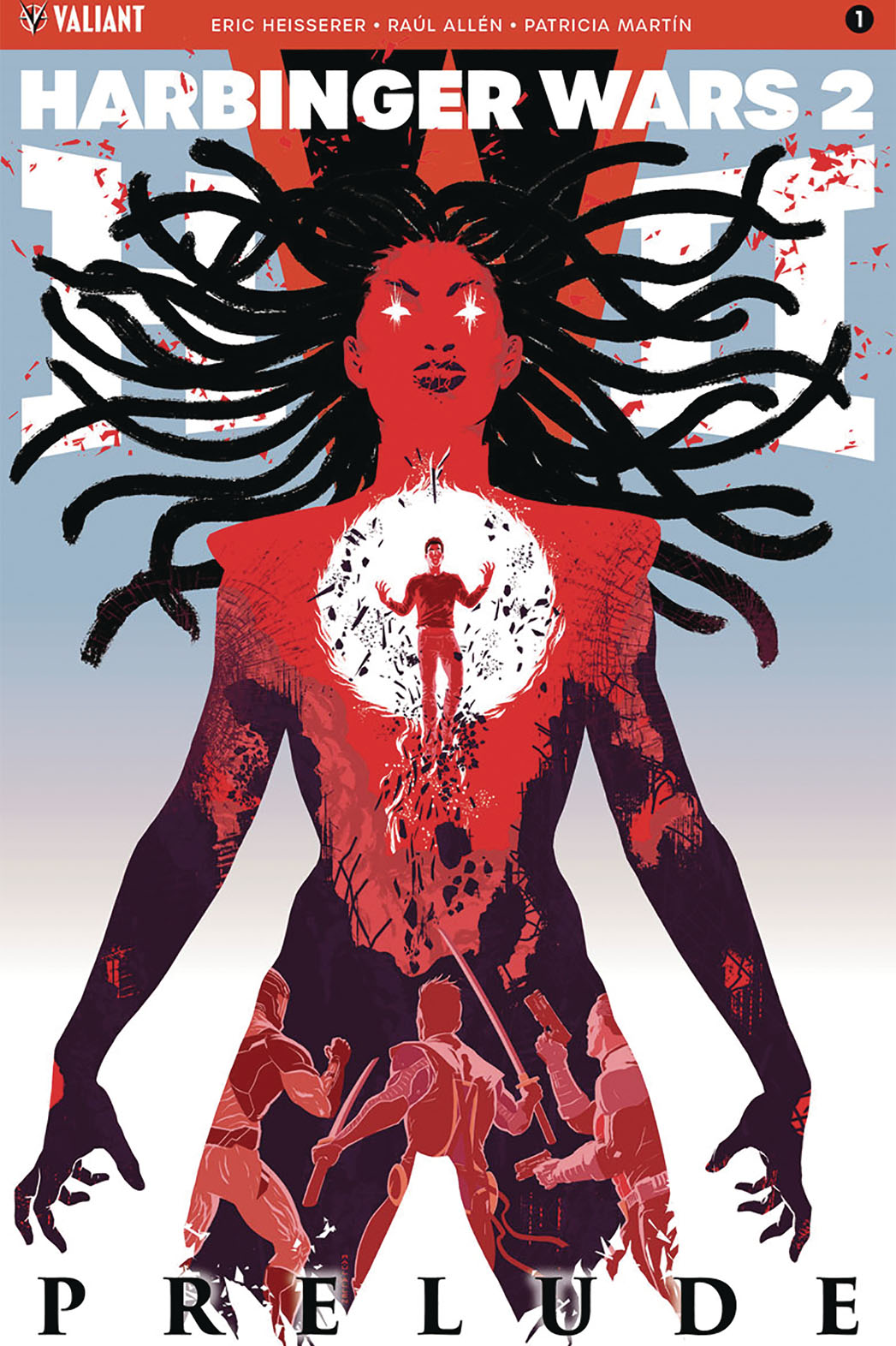REVIEW: Vagrant Queen #1 by Magdalene Visaggio, Jason Smith, Harry Saxon, & Zakk Saam
Vagrant Queen No. 1 is the latest book from Vault Comics, which has been on a hot streak this year (at least for my tastes) with Cult Classic, Deep Roots, and Wasted Space, in addition to its several excellent ongoing titles. One thing I’m fond of saying about Vault is that the publisher has one of the highest minimum bars for quality of any in the indie comics game.
Really, a high level of artistry and storytelling is the only major commonality between Vault’s disparate titles, although they are all generally built upon sci-fi or fantasy concepts (Cult Classic notwithstanding, as it has more of a nostalgia-driven horror bend). With this in mind, Vagrant Queen builds on that reputation, while giving the publisher a book that is just a bit different from its other recent efforts.
Vagrant Queen stands out in that it puts good ol’ fashioned quips and space opera in front of the capital B Big ideas that have driven many other recent Vault books, including Deep Roots and Wasted Space. The concept is still a high-minded one, with a tagline on its back cover that really lets you know what’s for sale here: “They took her throne. She told them to keep it.” This is a sci-fi action book about a deposed princess with no interest in her own privilege.
Smith and Saxon excel at conveying impact in Vagrant Queen #1.
Writer Magdalene Visaggio first earned my trust earlier this year with her work on Eternity Girl, the breakout hit of DC’s soon-to-be-concluded Young Animal line, and this debut made me an immediate fan of both artist Jason Smith and colorist Harry Saxon. That team uses wide but tight, almost claustrophobic panels for its action sequences, ones that really emphasize points of contact to convey the force of impact. It’s a great and exciting effect.
Really, I’m always and forever down to watch wily heroes shoot at gaggles of soldiers as they hastily board a spaceship to make an escape. This one is a fast read, too, one you may return to the start of once you’re finished to take it in a second time. Visaggio, Smith, and the team have built an intriguing lead in to a world here, one that promises prison world’s, exploration of monarchical hypocrisy, and a perfectly-coiffed sinisterly-smiling bad guy who I want to see more of—I’ll definitely be back for a second issue.
Overall: Vagrant Queen #1 is an action-packed and quick debut for another exciting new series from Vault Comics, one that almost surgically familiarizes us with our characters and our world. It’s a bit lighter on big ideas than other recent Vault debuts, but the action and pacing works so well that it hardly matters. 7.8/10
Zack Quaintance is a career journalist who also writes fiction and makes comics. Find him on Twitter at @zackquaintance. He lives in Sacramento, California.











